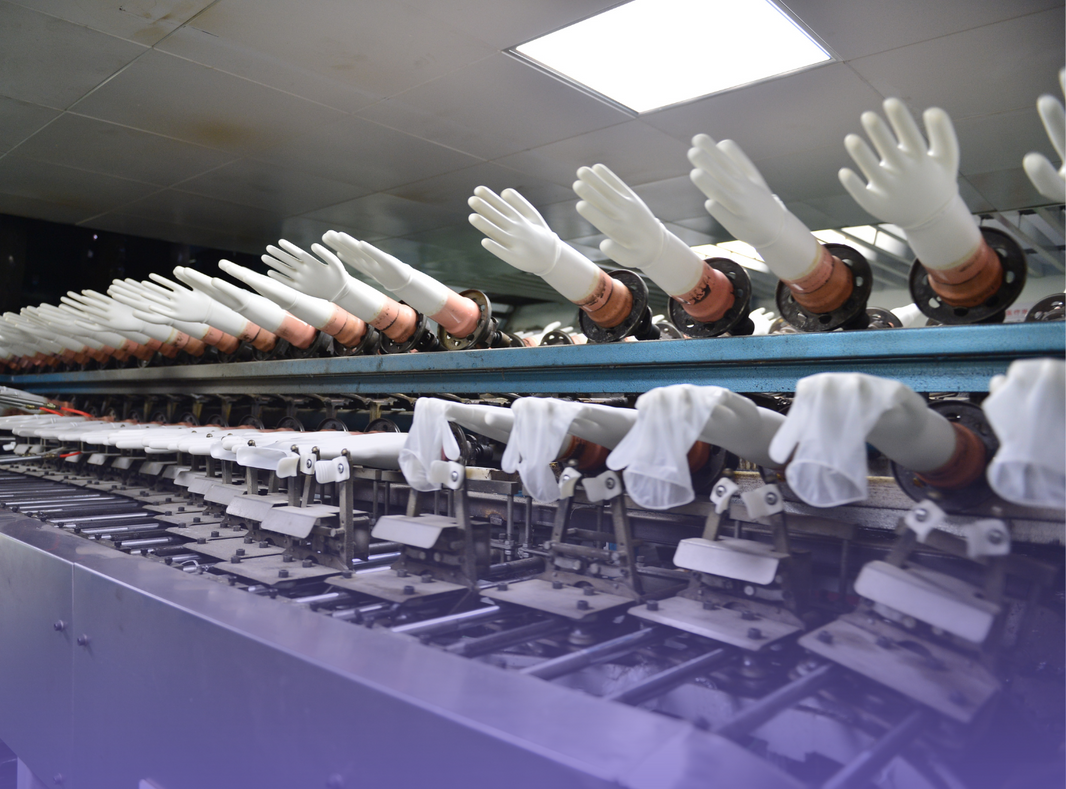Ambulatory equipment is essential for people with mobility restrictions to stay independent and live life to their full potential. It is a must-have for recovering post-surgery, rehabilitating, or long-term patients to continue exercising for improved health so they can remain active, comfortable, and safe. AOSS Medical Supply provides the finest quality patient transport devices, rehabilitation equipment, and personal mobility devices, as well as home medical equipment. Check out our collection for your faceted answer!
What is Ambulatory Equipment?

Ambulatory equipment is a category of apparatuses that help people walk or move around, including patients suffering from disability and those recovering after surgical procedures. These devices are essential in that they enable patients to become more independent and reduce their risk of falling. Hooker (2008) defines ambulatory care as “personal health services (hospital and non-hospital based, exclusive of nursing home and domiciliary care), available to a client who is not confined to bed at the time that they receive their treatment. Patients may come by wheelchair, crutches, or gurney.” This underscores the importance of ambulatory equipment in promoting patient autonomy. Common ambulatory equipment includes:
-
Walkers: For stability and ease of movement.
-
Rollators: A wheeled walker for mobility and support.
-
Crutches: Support weight while walking.
-
Canes: Provide balance and support.
-
Wheelchairs: For extensive mobility support.
-
Other Mobility Devices: Patient transfer, scooters, etc.
The goal of ambulatory equipment is to ensure that patients regain or retain the ability to move safely and efficiently.
Types of Ambulatory Equipment
At AOSS Medical Supply, we offer a wide range of ambulatory equipment tailored to the unique needs of our customers. Some of our most popular products include:
-
Walkers: For all recovery stages.
-
Crutches: Comfort and support while recovering.
-
Canes: Best canes for seniors.
-
Wheelchairs: Temporary or permanent mobility support.
-
Patient Transfer Devices: Safely move patients.
-
Preventive Safety Equipment: Protection against falling.
Benefits of Using Ambulatory Equipment

Many key benefits of ambulatory equipment significantly impact patients' daily lives:
-
Improves Mobility and Independence: Enables independent movement.
-
Enhances Recovery: Aids post-surgery recovery.
-
Reduces Fall Risks: Prevents falls and ensures safety.
-
Increases Comfort: Move with greater comfort.
How to Choose the Right Ambulatory Equipment
Selecting the correct ambulatory equipment is crucial for patient comfort and recovery. This includes a wide range of products from personal mobility devices to fall prevention equipment. When making a choice, consider the following factors:
-
Patient Status: Assess the individual's specific mobility limitations, strength, and balance. A patient with minor instability may only need a cane, while someone with significant weakness or a post-surgery condition might require a walker or a wheelchair. This assessment helps you choose the right assistive devices or post-surgery mobility aids.
-
Comfort: The equipment should be a good fit and feel comfortable. Look for features like padded handles, adjustable heights, and ergonomic design. Poorly fitted equipment can cause discomfort, skin irritation, or even further injury, hindering a smooth recovery.
-
Sturdy and Durable: The equipment must be built from strong, high-quality materials to ensure safety and longevity. It should be able to support the user's weight and withstand daily use without risk of breaking. For example, a reliable patient transfer device is essential for caregivers to move patients safely.
-
Portability: Consider how easy the equipment is to transport and store. Will it fit in a car? Can it be folded up when not in use? This is especially important for individuals who are active or travel frequently.
-
Ease of Use: The equipment should be intuitive and easy for the patient to operate independently. This can greatly increase their confidence and independence.
-
Pro Tip: Always consult with a doctor or physical therapist. They can provide a professional assessment and recommend the most suitable rehabilitation equipment or Home Medical Equipment (HME) for your specific needs, ensuring a safe and effective recovery process.
Why Choose AOSS Medical Supply for Your Ambulatory Equipment Needs?

At AOSS Medical Supply, our mission is to offer high-quality ambulatory products to accommodate the vast majority of our customers’ demands. Here’s why we’re a trusted provider:
-
Affordable Prices: Competitively priced HME.
-
Variety: Buy or rent from our one-stop shop.
-
Expert Advice: Consult our experts.
-
Fast Delivery & Service: Fast US delivery (1-5 days).
Conclusion
Ambulatory equipment plays an essential role in maintaining mobility and independence for patients recovering from surgery, dealing with chronic conditions, or managing temporary mobility issues. At AOSS Medical Supply, we offer affordable, high-quality products designed to improve your quality of life. Visit us today to explore our full range of ambulatory equipment and find the right solutions for your needs.
FAQs
-
Do health insurances or Medicare pay for walking aids?
Ambulatory equipment may be covered by insurance or Medicare, but you should check with your insurance company and the device you are using. Check with your insurance company or the Medicare office to see what sort of equipment is covered. -
What Are The Dos And Don'ts of Ambulatory Equipment Care and Cleaning?
Walker care generally consists of routine cleanings, including wiping down with soap and water, examining fasteners, and checking for wear on wheels, tips, and other moving parts. But you still have to follow the manufacturer’s advice for cleaning ambulatory equipment. -
May I rent ambulatory equipment instead of purchasing it?
The response can vary depending on the equipment and the duration of use, but hiring equipment out can be cost-effective if required for only a short period, for example, to assist in recovery or confirm a material. -
Will I need a prescription or physician’s direction to buy ambulatory equipment?
Depending on the type of device, for example, a cane may be freely sold, but many of the more specialized equipment need doctors’ recommendations or prescriptions to warrant a specialty piece purchase. -
What should I do if my ambulatory equipment has broken down?
Immediate action should be the avoidance of using the device for safety measures to avoid falling. Additionally, one should call the supplier or manufacturer to inquire about troubleshooting, repair, or warranty replacements.








